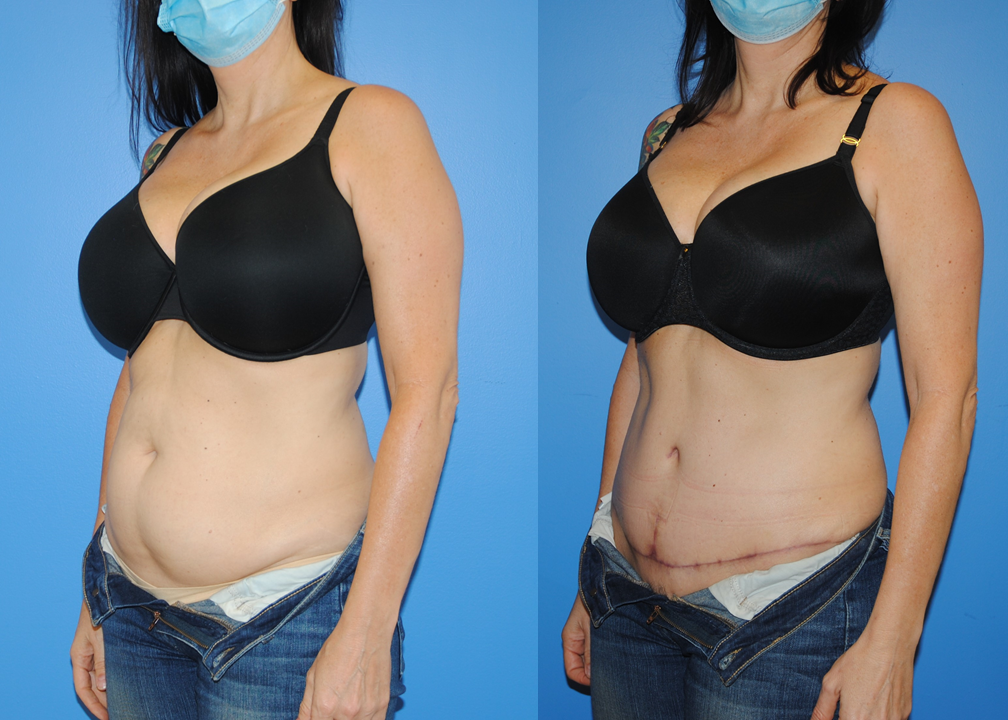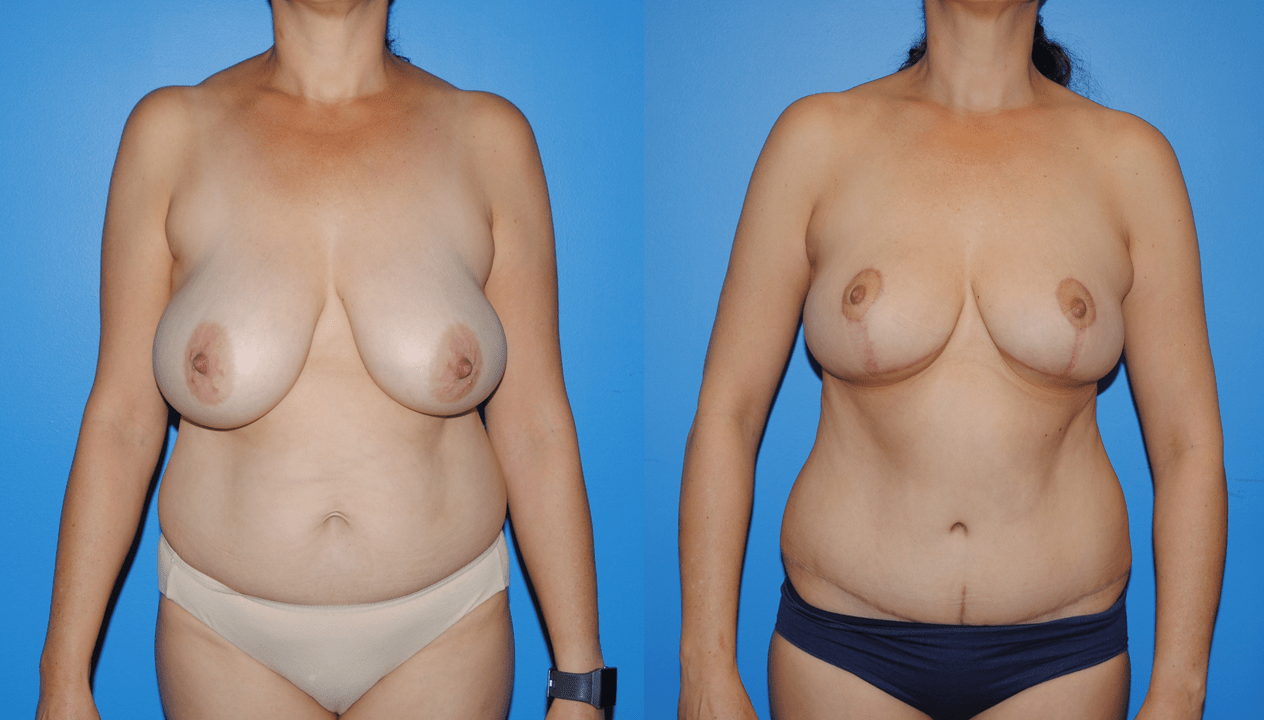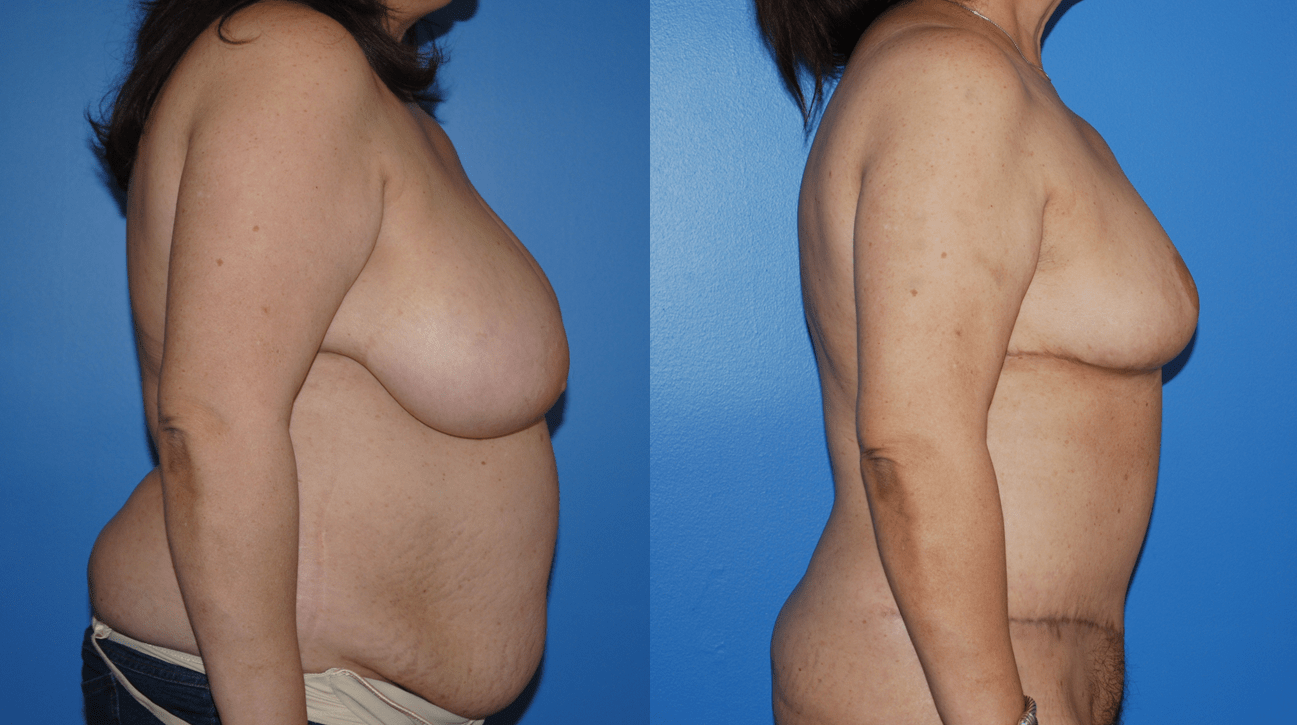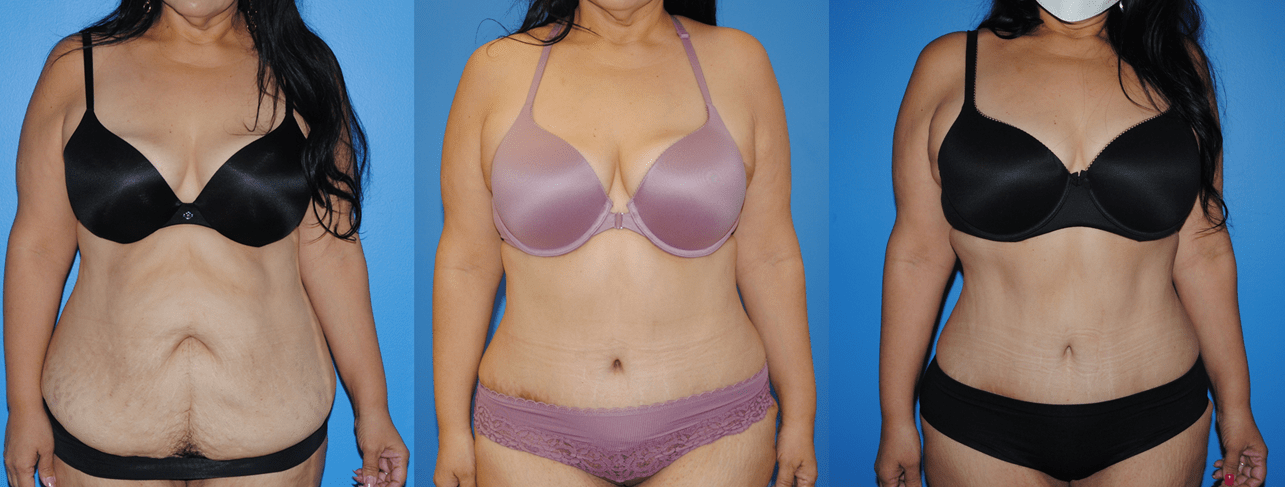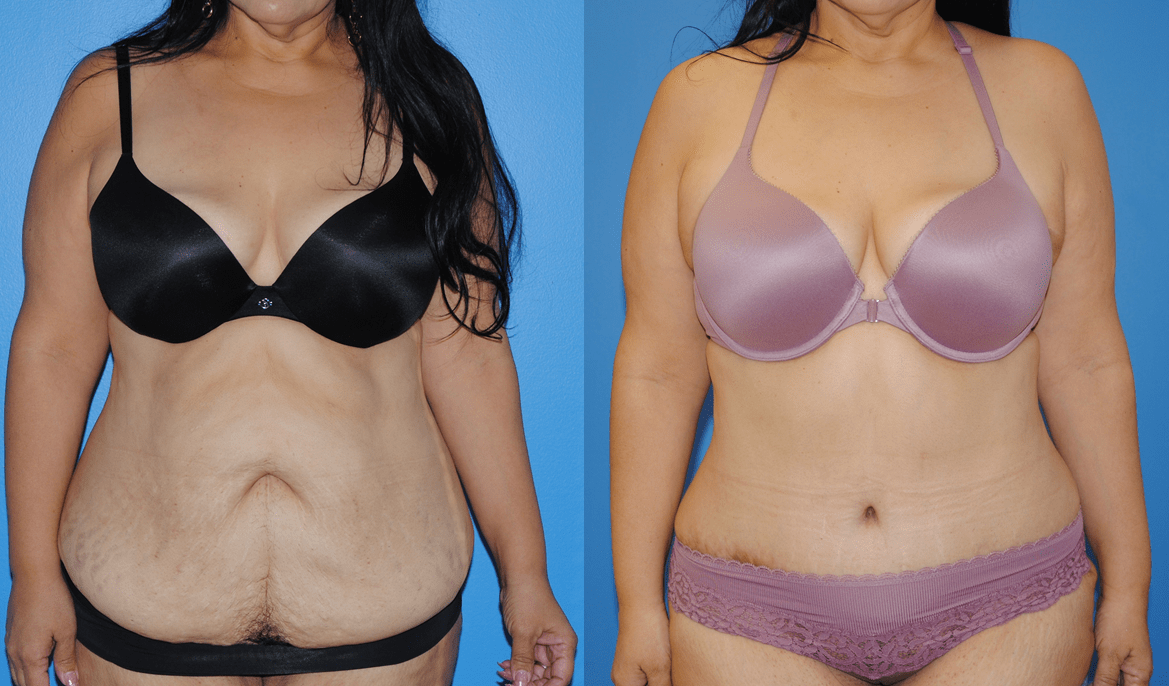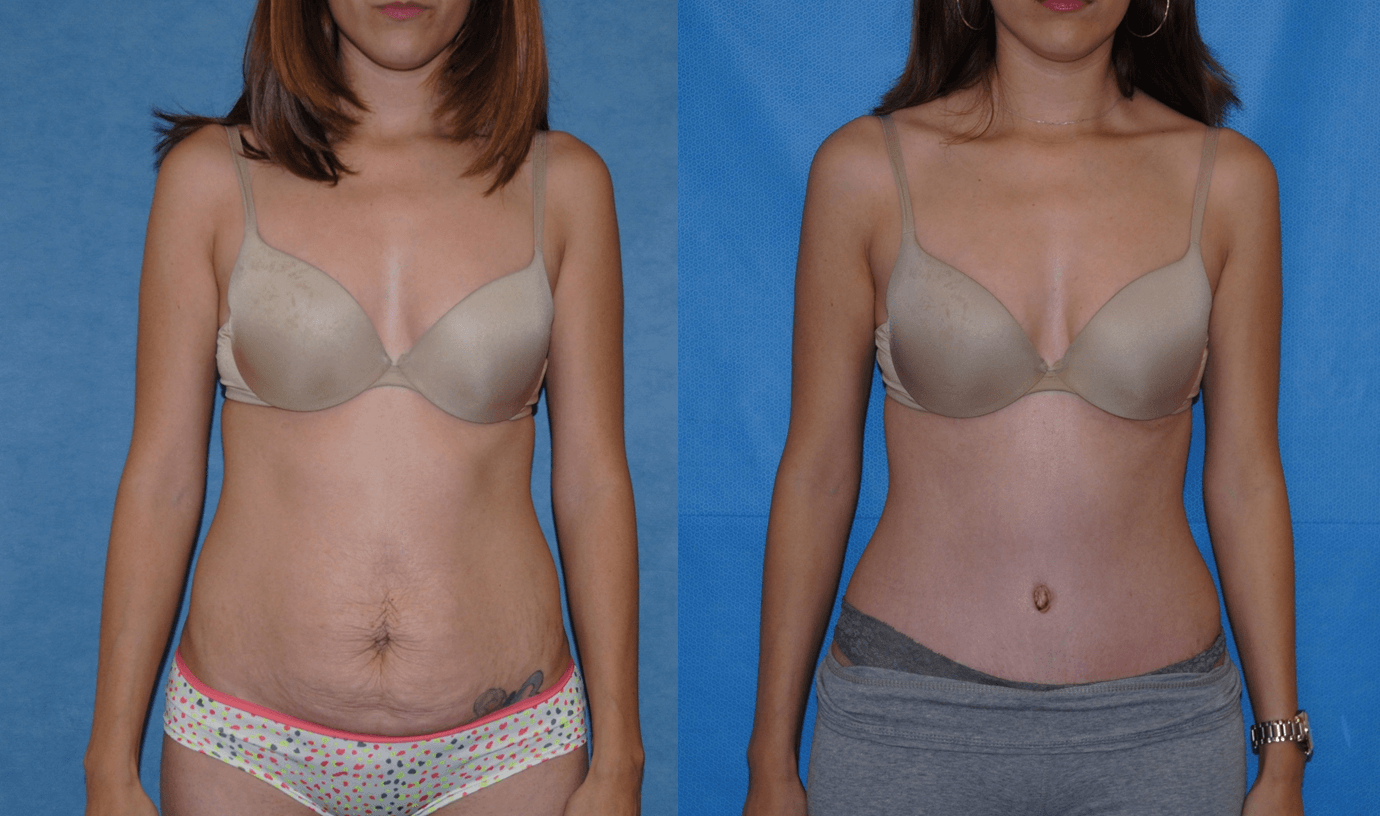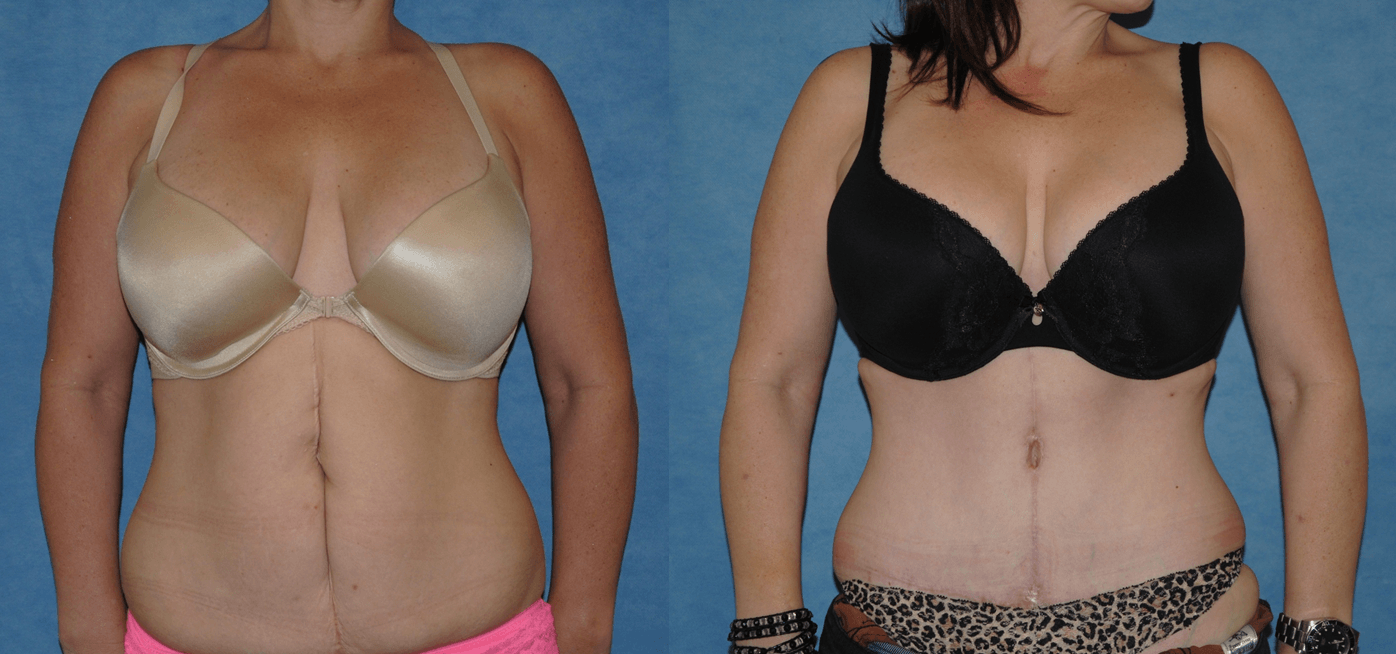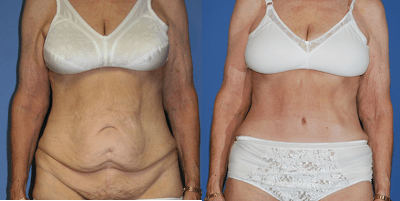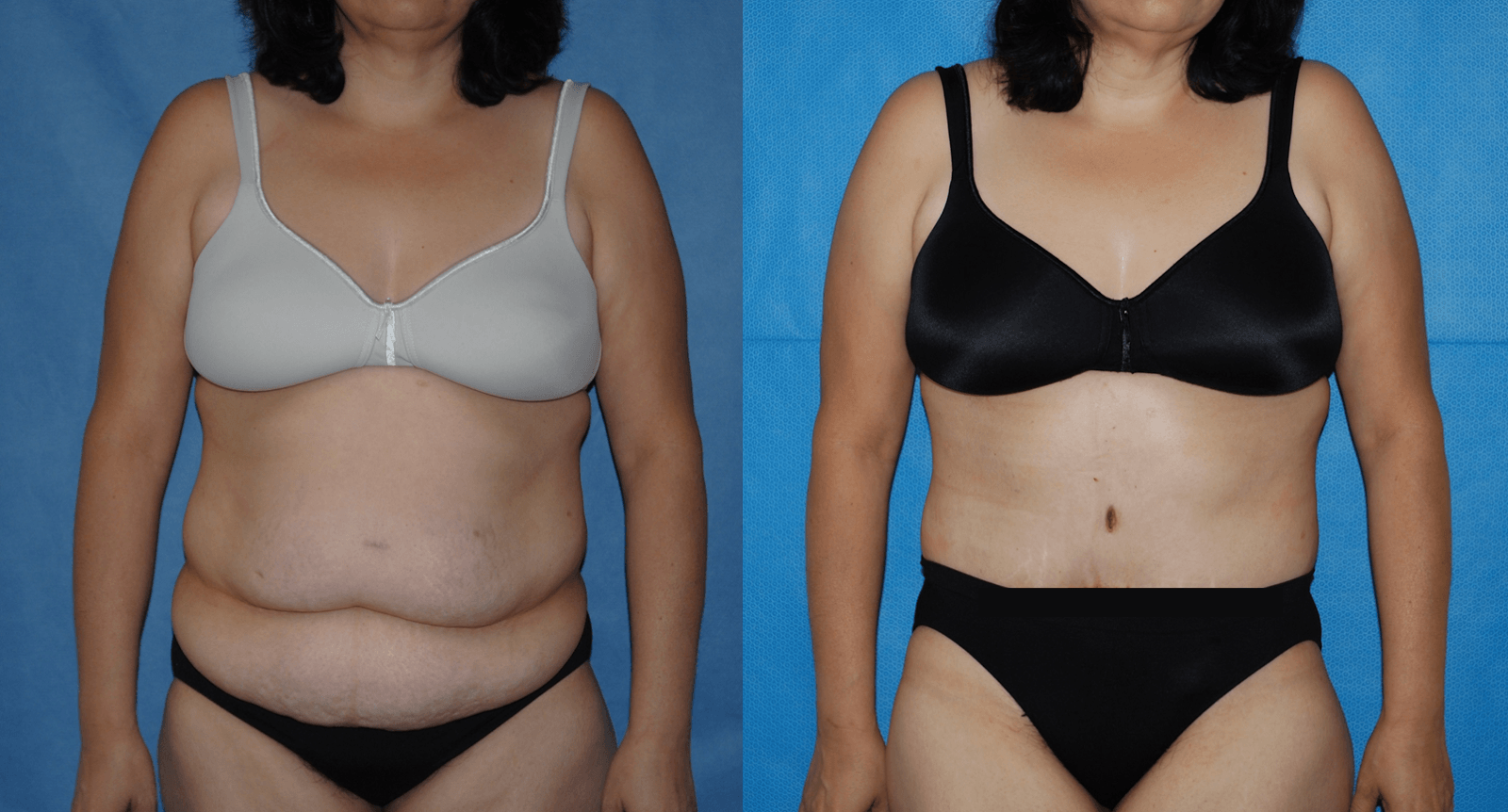Abdominal wall hernias can occur as a congenital deformity of the abdominal wall or as a result of a previous surgery. There are many techniques used to reconstruct abdominal wall hernias as well as there are many techniques to improve the appearance of the abdominal wall. In abdominal wall reconstruction, Strattice acelluar dermal matrix is used to share the load…
